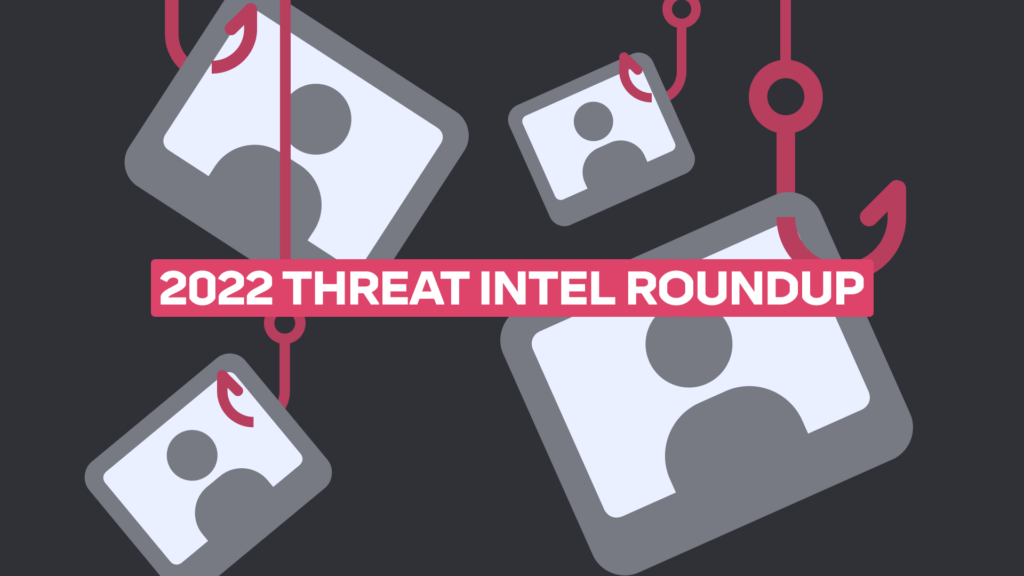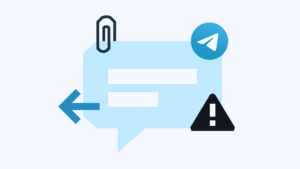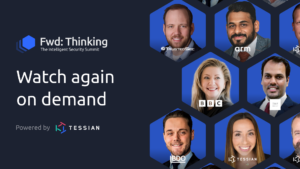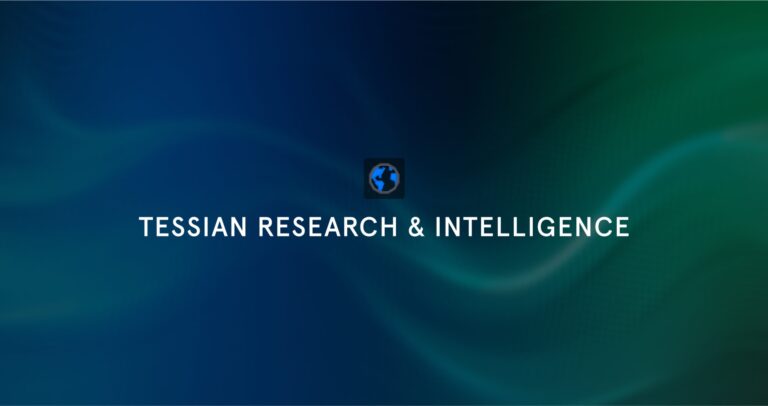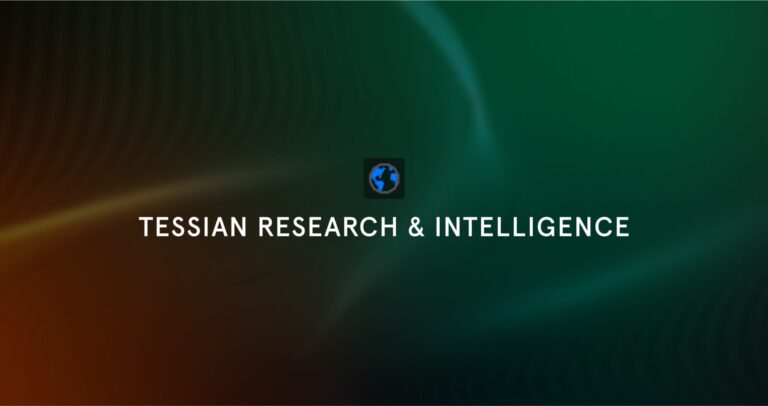As we close out the year, one thing is certain: Social engineering attacks will remain a mainstay for threat actors. The ease with which threat actors are able to exploit human vulnerabilities will find even the most secure organizations wanting. This is why according to Tessian’s inaugural State of Email Security Report (2022), impersonation attacks are the number 1 concern for organizations globally. Only by adopting a defense-in-depth strategy will organizations be able to reduce the risk of falling victim to social engineering-based attacks.
In this final newsletter for the year we take a look at some of the dominant themes we’ve covered in 2022.
Sign-up for our Threat Intel update to get this monthly update straight to your inbox.








